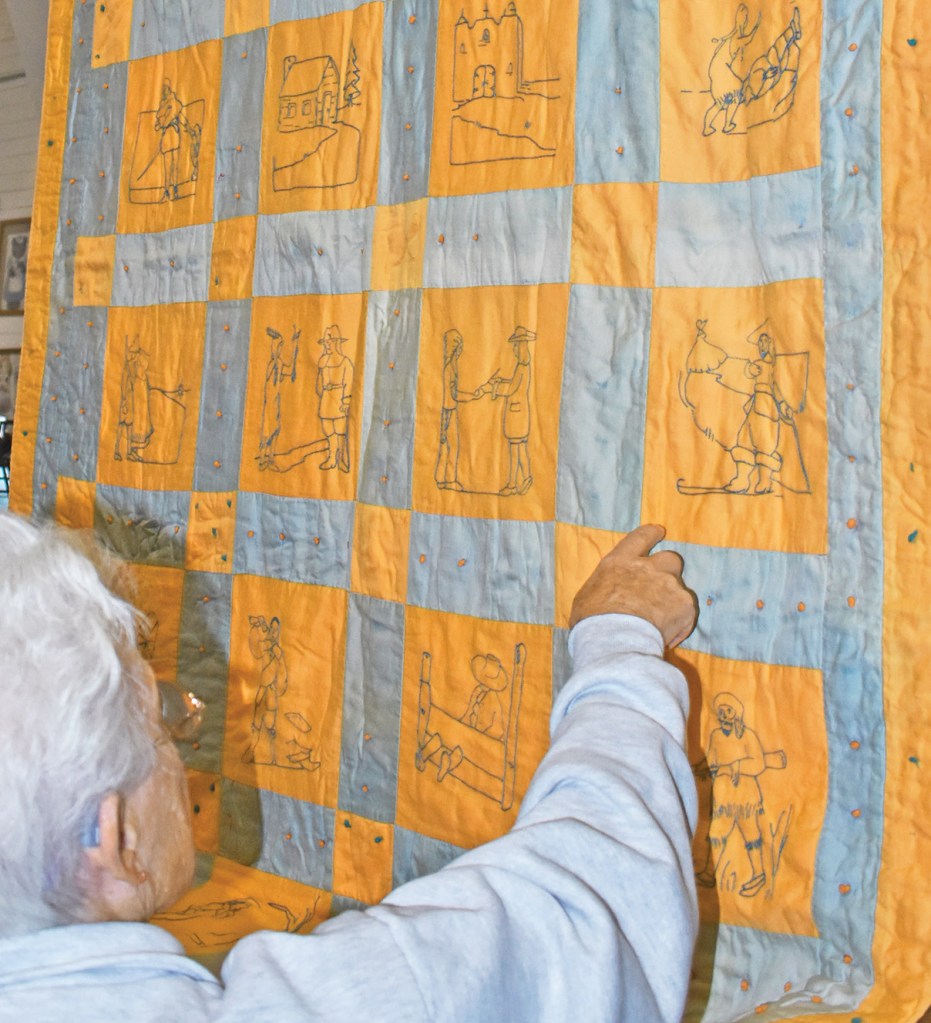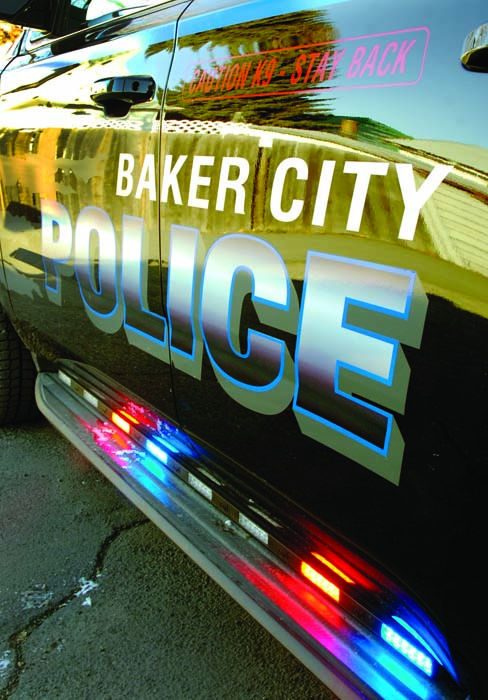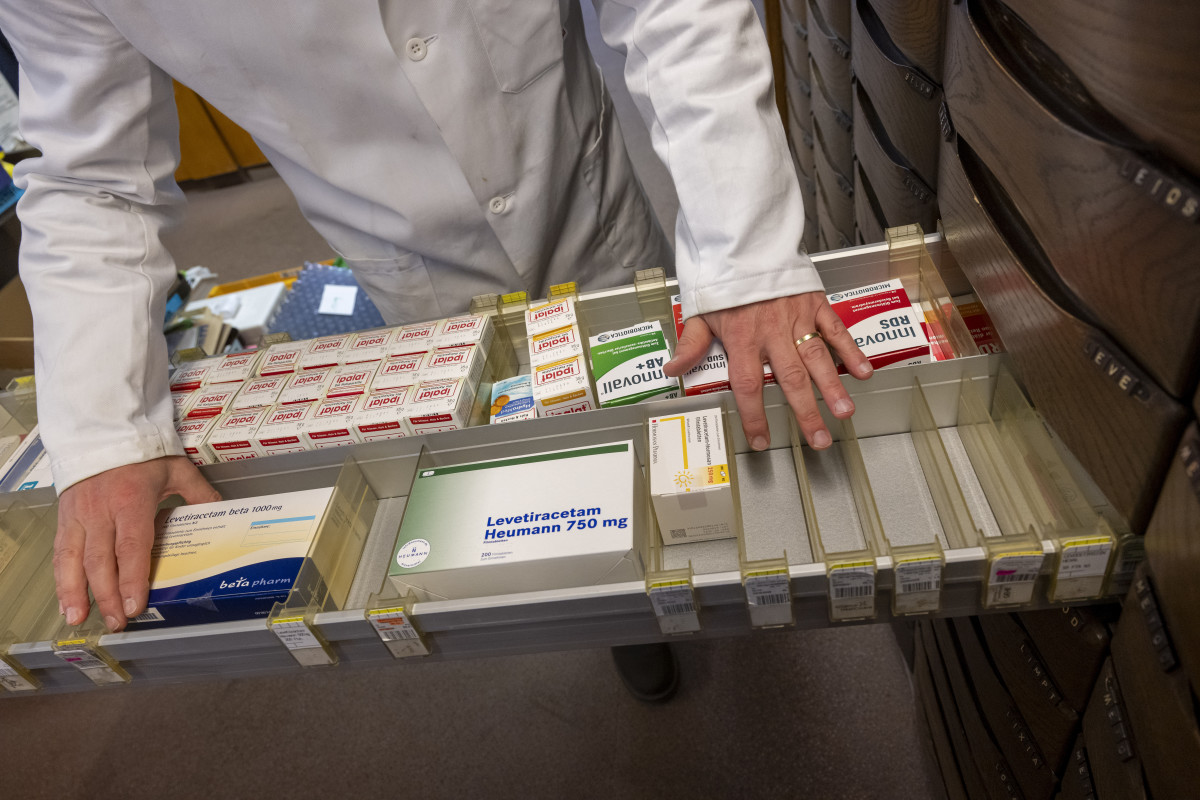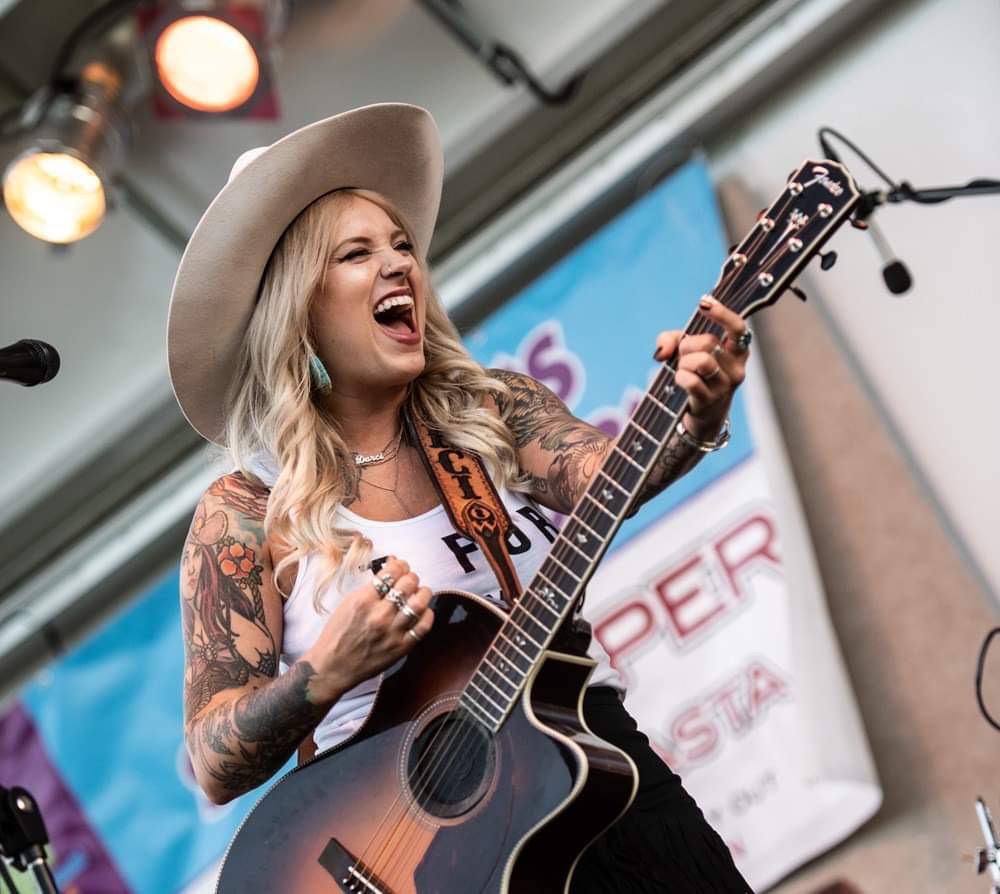Colorful History
Published 7:30 am Saturday, June 10, 2017

- Lisa Britton / For the Baker City HeraldBarbara Campbell examines one of the heirloom quilts featured in a new display, “Women Behind the Quilts,” at the Eastern Oregon Museum in Haines.
HAINES — The faded fabrics are only the surface of this quilt show, just a snippet of the lives touched by the quilts and the women who spent countless hours stitching by hand.
Trending
“I love quilts, but when you get the story you understand how important the quilts are,” said Mary Jane Guyer, who has helped organize the 2017 exhibit “Women Behind the Quilts” at the Eastern Oregon Museum.
The display will be up through the summer, beginning with an open house Saturday, June 17, from 11 a.m. to 1 p.m. at the museum, 610 Third St. in Haines.
The museum’s regular hours are 10 a.m. to 3:30 p.m. Thursdays through Saturdays, and Sundays from 12:30-3:30 p.m.
Trending
Admission is by a suggested donation of $2 per person or $5 per family.
Group tours and those who want to visit outside those times can make an appointment by calling Mary Rider, 541-856-3715, or Teri Johnson, 541-856-3793.
The show features more than 50 heirloom quilts. All came from local people, although most of the quilts originated from far away — mostly Kansas, Missouri, Nebraska and Tennessee.
“These are the ladies who are the keepers,” Guyer said of those who submitted quilts.
The museum’s permanent collection had to be re-arranged a bit to make room for the wooden frames, which can each display four quilts. Nearby are storyboards featuring the quilter’s story, photographs and other mementos shared by the family.
“The stories are the beauty of it,” Guyer said. “It’s a way to celebrate these ladies — long overdue, in some cases.”
On one made in 1842, visitors can still read the signatures written on the cloth in ink. This was submitted by Marge Loennig of Haines.
Another, quilted by Aletha Bonebrake’s grandmother, won at the 1945 Washington State Fair.
“It still has the ribbons on it,” Guyer said, lifting a corner to show the prizes still attached.
Several feature versions of the popular “Sunbonnet Sue” pattern, and many showcase a variety of fabrics that came from flour sacks and worn-out clothes.
“These women used what they had, and they made beautiful things,” Guyer said.
Many date back to coming across the Oregon Trail, or to the Great Depression.
Quilts made by Guyer’s own great-grandmother come with a story of hardship — Stella Rose had eight children, and she worked outside the home as a housekeeper and cook before returning home to help on the farm.
“They were so poor, they couldn’t afford a horse,” Guyer said. “We need to remember what these ladies did.”
The quilts are just the tip of the iceberg — each comes with a story of a hardworking, strong woman who somehow had time to stitch, by hand, a quilt to brighten a room or ward off chilly nights.
Venita Cullum of Haines submitted a quilt made by her aunt, Mary Mabel Best, who was born in 1878 in Kansas. She settled on a cattle ranch 30 miles west of Burns, and continued running it after her husband died. Cullum recounts how Mabel cooked all meals for the hay crew using an outdoor wood stove, and washed all dishes by hand with water hauled from the pitcher pump.
And then, at the end of the day, Mabel quilted by the light of a kerosene lamp.
“We captured these ladies,” Guyer said. “I can tell you the pattern and the year, but that’s not the story — it’s the story behind the quilt that we wanted.”
See more in the June 9, 2017, issue of the Baker City Herald.









